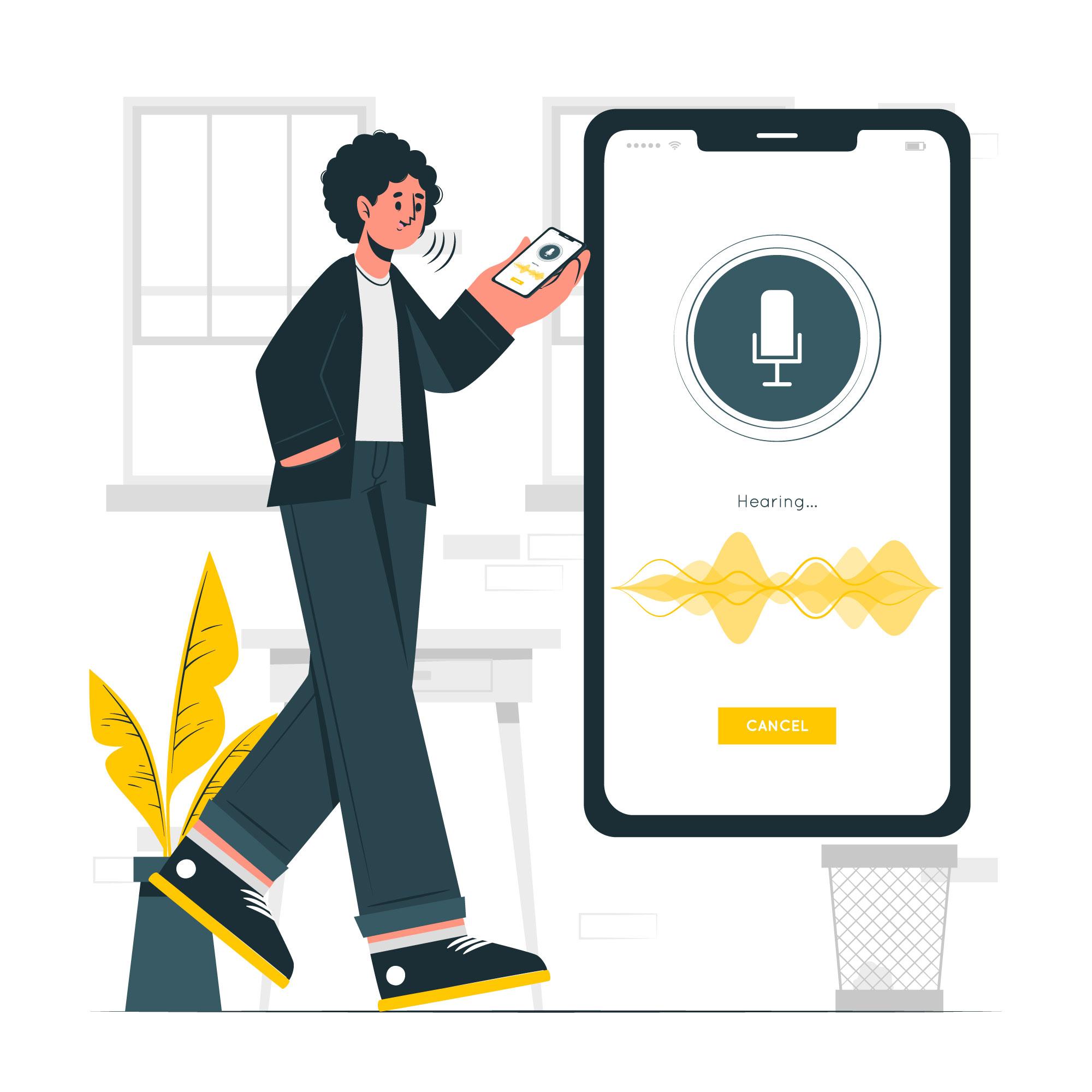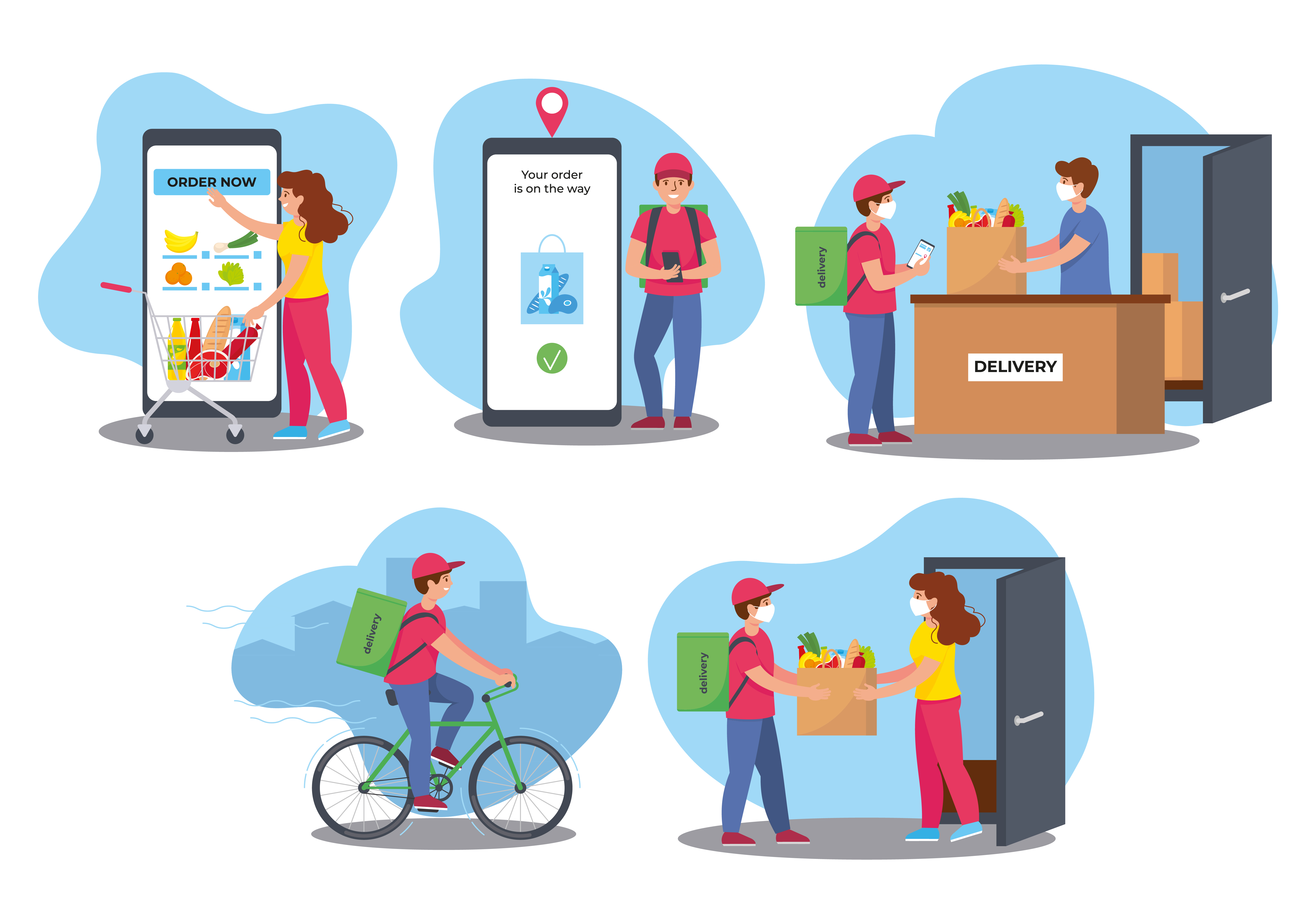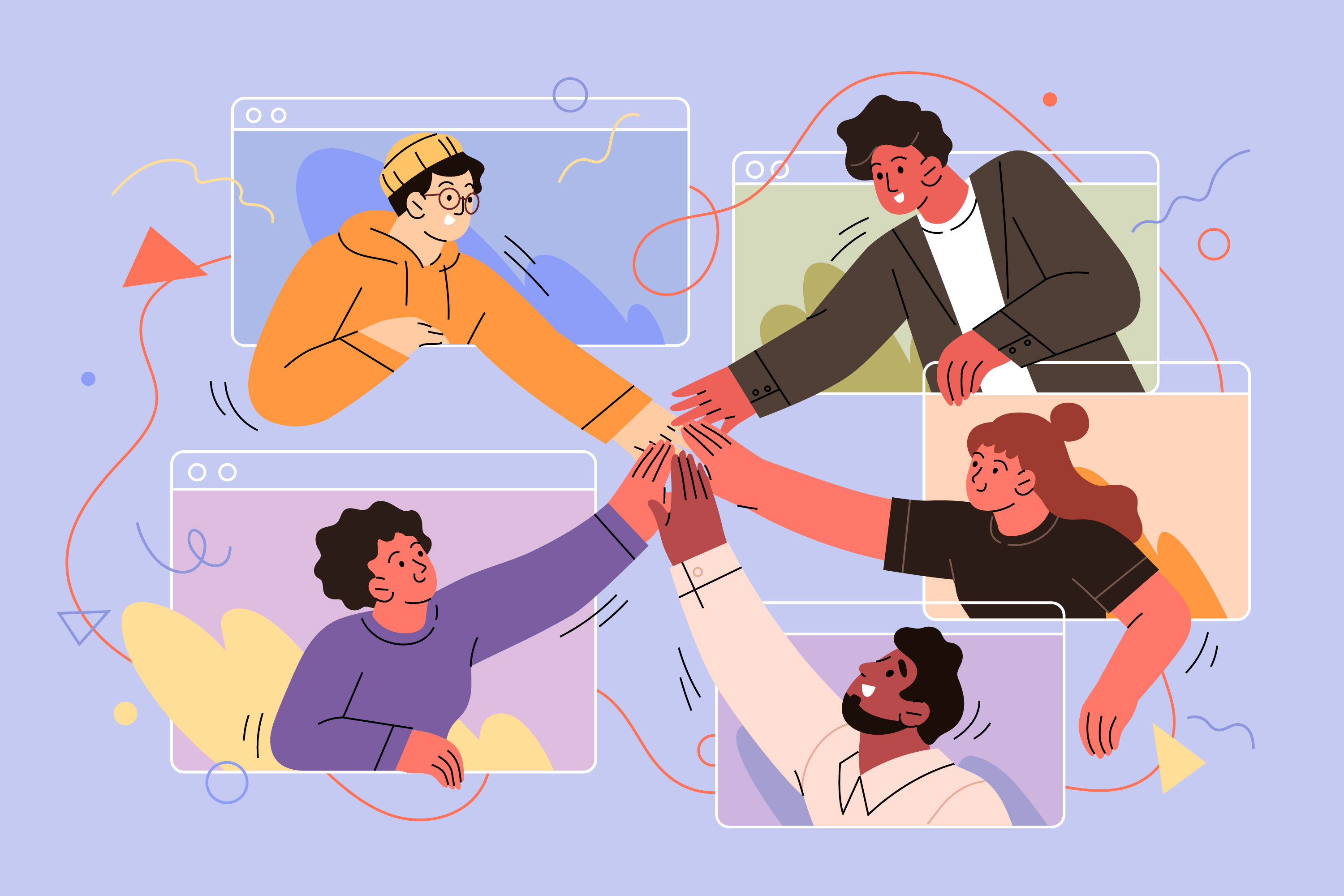Diverse opinions give depth to a product. That’s why market research needs inclusion.

The whole idea of market research is to collect diverse data from all potential users. If you aren’t covering voices from all communities, then your market research is only for the sake of it. Your investment in online surveys that pay cash in India would never give you the right picture of users’ preferences and behaviors.
On the other hand, when you collect data from all possible users, you explore the realms that might be untouched. And that could lead to your USP. A trait that would help you to stand out. Here are some crucial reasons you should include diverse voices during market research.
Why Get Diverse with Your Market Research?
Diversity Established Trust Among Users
21% of US consumers are keen to support a brand that stands for or makes a supporting statement in Black Lives Matter (BLM) movement.
This clearly shows that users desire diversity in brands and their products. Hence to establish your trust among the new users and prospects and strengthen the same in your old and churned users, you must support a diversity-driven product design.
And this starts with market research, with its roots tethered in diversity and broad-mindedness.
Whether your sampled population is your existing user or not, they are always your target users. Otherwise, your segmentation is wrong. You will only get roasted on social media if your surveys don’t include a diverse population.
Imagine posting a poll seeking choices of popcorn and snacks in the movie halls and keeping the age group from 16 to 60. You’re clearly offending people beyond 60. Are you an ageist? Don’t you think sexagenarians, septuagenarians, and octogenarians (and beyond) have the right to watch a movie or consume a likable snack? Such prejudices have shattered people’s trust in brands.
As a market research consultant, consider such points while crafting a survey unless you have a specific target audience. Education loan for college students has a defined age category but definitely not an ethnicity or mental health level defined for the loan.
Diversity Lends Holistic Approach to a Product
You can’t expect to launch a product these days that’s only designed keeping in mind cishet men. This way, you’re only going to cut off your prospects by half. Or even more.
When your sampled population includes people from various ethnicities, gender fluid groups, female users, and audiences with physical and mental challenges, then only would you be able to design a product that can appeal to a vast audience. Covering voices from marginalized groups is necessary to give your product the right shape and form, the one most users appreciate.
You may counter that your product is niched and its target audience is only a specific group. For instance, a tech podcast with the latest industry news has a niched audience. You would want to deliver content interesting to techies. But that doesn’t mean engineers are the only intended audience. Students working on testing and designing projects, journos researching technology and science, and even teachers and writers related to the industry are your potential audience.
Humans of any age and gender (even gender-fluid people), ethnicity, and people with autism and PTSD can be your target audience. So, your podcast is not holistic unless you’re making it accessible to all, in all countries, during various time zones, and compatible with most podcast platforms.

Diverse Offerings are More Likely Customer Centric
When you call a product customer centric, you can only mean it for people capable of doing things the common way. For instance, a regular traffic light at a crossroad won’t serve the purpose for visually impaired people unless the human in question is aided to venture out in such situations. Such a traffic light is not user-centric.
A product is customer centric when it is fulfilling to most customers. And that includes people from culturally marginalized groups like the LGBTQIA+ community, females, BIPOC users, people facing mental issues, customers with disabilities, and users of all age groups.
This inclusivity is quite broad, and it starts when you perform diverse market research.
Even during the research, not only your content of the surveys should be inclusive, but your audience should also be diverse. And so should your forms and formats of surveys. Imagine a survey full of emoticons. Not all age groups would be comfortable with such a delivery mechanism.
Diverse Brands Invite Better Customer Engagement
When you start including diverse opinions in designing your product, you automatically drive better customer engagement. You can’t expect a great engagement when you haven’t taken care of diverse nuances at the ground level. That is during the research.
If you include just a handful of diverse people in your sample, how can your project have smooth sailing for a wider population? Discrepancies are bound to creep in. Many features that sound great during the research might be jarring in real-time.
A diverse set of sampling and related opinions ensure you listen to every tiny voice in the cacophony. Inclusive research provides a complete picture of users’ motivations, preferences, and behaviors. With panoramic inputs, your product would cater to most users. And hence, engaging enough.
Features that invite inclusivity are why Office suite by Microsoft is more popular than any similar set of utility tools in the market.

Before You Leave…
Inclusion is indispensable to market research because research means to know the hidden. And by missing to turn any single unturned stone, you might lose opportunities to explore new lanes of growth.
Opinionest, one of the popular online surveys for money in India and the US, has been working with various clients for years. If you’re facing challenges in creating surveys that garner diverse opinions, we can be of help. Please contact us here to initiate a discussion.
References:



You may also like

The Future of Voice Surveys: Will We Be Talking to Our Devices to Complete Surveys?

How Your Opinions Shape A Brand’s Services and Its Performance in the Market

The Role of The Respondent Community in Your Survey Journey

Survey Incentives Vs. Intrusive Ads: How to Tell the Difference

Copyright © 2025-2026 Track Opinion. all rights reserved.



